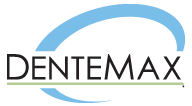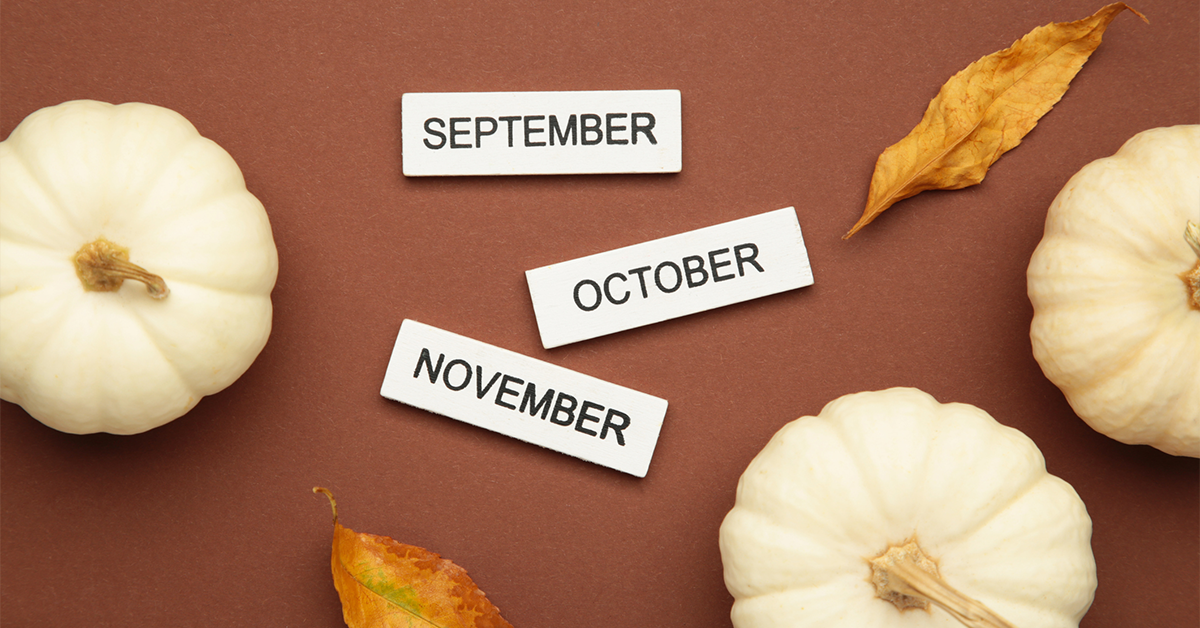As temperatures drop and the season moves to cooler months, it can have a subtle but significant impact on the healthcare industry. From changes in scheduling patterns to team routines, dental offices tend to see one of the largest transitions across seasons, especially winter.
Here’s how seasonal changes can affect your practice — and what office managers can do to stay one step ahead.
Scheduling patterns shift with the seasons
When the weather turns colder, patient schedules tend to do the same. This often looks like fewer appointments and more cancellations due to illness, weather or holiday vacations. In regions that get hit hardest during the winter months with freezing temperatures and snow, people are less likely to make appointments (especially when road conditions or shorter daylight hours become a factor) and more likely to cancel last minute from flu season or unexpected snow days.
But don’t assume there will be a massive shortage of appointments! It’s still nearing the end of the year, and as patients rush to use remaining benefits, your hygiene and other non-essential procedure schedules can fill quickly.
Tip: Encourage patients to book early and use automatic reminders. This is a great time to emphasize or implement a same-day waitlist to easily fill gaps caused by cancellations or lighter days.
Seasonal demographics and visit trends
Different seasons bring different patients!
- Families and children: After Halloween and before the holidays, parents may book preventive visits for kids. You may also see an increase in visits from patients in school as this is likely a mid-year break time.
- Snowbirds: Depending on region, some older patients may head south for the winter, affecting recall appointments or hygiene consistency. Offices may see an uptake in cleaning appointments from this group in the earlier fall and/or winter months before they jet off to warmer places for a few months.
Tip: Use a patient management system to help organize where your main demographic may fall in this trend and give your staff a heads up on who they can expect to start seeing more of.
Staff routines and morale
While being prepared for the patient changes that can come along with large season transitions is usually top of mind for offices, don’t forget about the team! Weather shifts can also affect how your team operates. The darker, shorter months (along with the daily annoyance of possible longer commutes in snowy/icy areas) can take a toll on motivation. Small touches like themed office decor, warm beverages, short team huddles and even flexibility built into the schedule every day can help boost some of that seasonal depression. The end of the year also tends to coincide with holidays and PTO requests, so limited staff is common during this season.
Tip: Support open communication about upcoming time off and plan for backup coverage early. A proactive approach keeps everyone on the same page and helps prevent burnout.
The bottom line: New seasons bring new excitement and patterns to every industry. By anticipating patient behaviors, planning coverage early and adding a little seasonal cheer to your daily routine, your practice can navigate the transition period smoothly and end the year on a high note.

